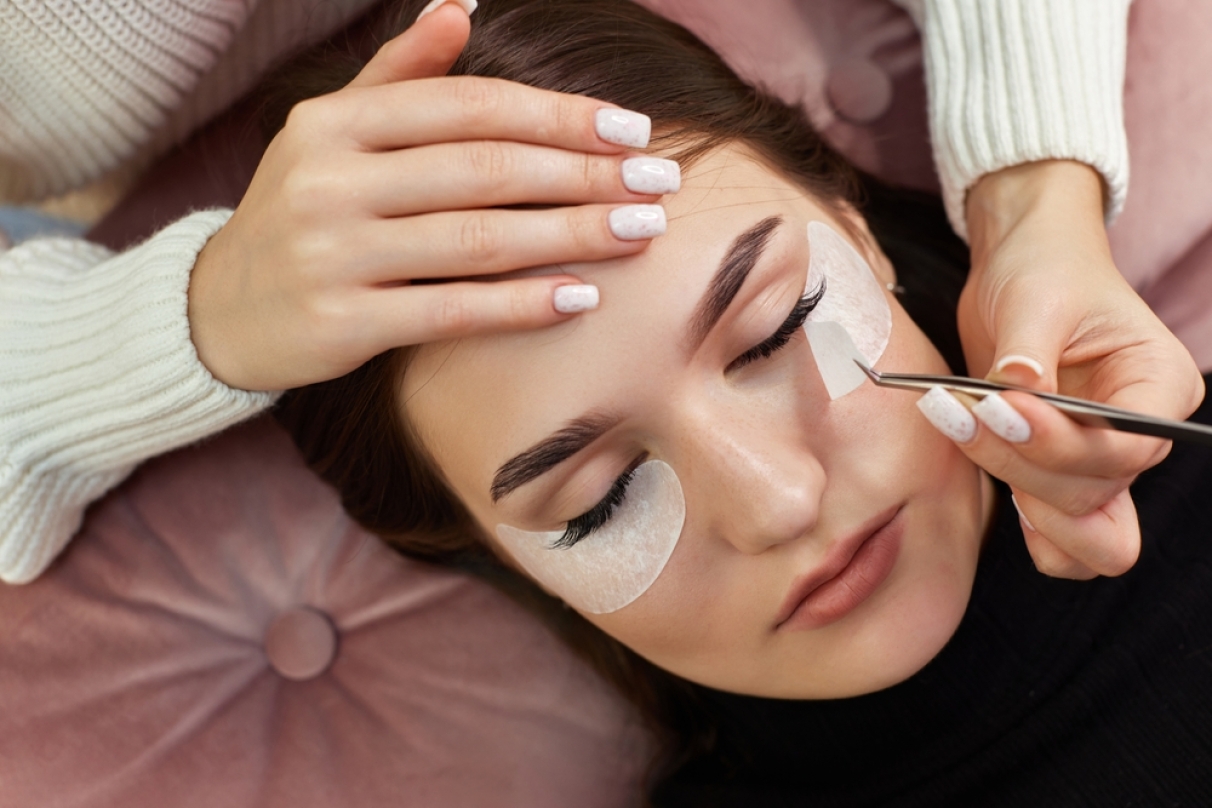Eyelash Extensions: The Role of Facial Physiology

Eyelash Extensions: The Role of Facial Physiology
Eyelash extensions have become a popular accessory, offering a quick and efficient way to achieve a spectacular look and enhance the expressiveness of the eyes. However, the success of applying these extensions depends not only on the technique or the quality of the materials used but also on a deep understanding of each individual's facial physiology. Physiology, or the science that studies facial features and their expressions, plays a crucial role in customizing eyelash extensions, ensuring that the final result not only enhances appearance but also harmoniously complements the natural features of the face.
Why Is It Important to Consider Physiology When Choosing Eyelash Extensions?
Choosing eyelash extensions is not a simple process. It requires a careful understanding of facial physiology to ensure that the final result is natural and harmonious. Customizing eyelash extensions according to the shape, size, and position of the eyes, as well as other facial characteristics, is an essential step in this process. This way, a polished and refined look can be achieved, accentuating a woman's natural beauty.
Playing with eyelash extensions can enhance or diminish certain features depending on physiology. For example, voluminous eyelash extensions can make small eyes appear larger, while long and thin extensions can elongate round eyes—especially B or C curls. This is an art that requires specific knowledge and experience but can have spectacular results when done correctly.
The Consequences of Poor Eyelash Extension Choices
However, choosing inappropriate eyelash extensions, without considering physiology, can lead to an unsuitable or oversized appearance. Extensions that are too long or too voluminous for small eyes can look inappropriate and create an artificial appearance. In addition to the aesthetic aspect, comfort and safety are two other important aspects when it comes to choosing eyelash extensions. Extensions that do not match the shape and size of the eyes can be uncomfortable and cause irritation.
Suitable Eyelash Extensions According to Various Facial Features
One of the primary factors to consider when selecting the most suitable eyelash extensions is the distance between the eyes. For close-set eyes, longer extensions (preferably with more dramatic curls, such as D or CC) applied to the outer corners can create the illusion of more space between them. This technique is frequently used by lash artists, making the gaze appear wider and more open. Conversely, for wide-set eyes, longer extensions in the central area of the eyelid can create the impression of closeness.
Eye shape is also a determining factor in the choice of eyelash extensions. For almond-shaped eyes, more voluminous extensions in the middle are recommended. This can balance the eye shape and add extra drama to the look. For deep-set eyes, longer extensions with a pronounced curl (D or CC) at the outer corners can open up the gaze. For prominent eyes, shorter and more natural extensions are recommended to avoid emphasizing this feature. The cat-eye effect is a technique that benefits this eye type, as well as medium or soft volumes. Similarly, for hooded eyes, longer and more curved extensions can create an opening effect.
Eyebrows and eyelids should also be considered. If the eyebrows are thick, more natural eyelash extensions may be a good choice to avoid overloading the eye area. In the case of sparse eyebrows, more dramatic extensions can add extra volume and intensity. For drooping eyelids, longer lashes at the outer corners can create a lifting effect (especially if you opt for extensions with special curls like L or L+), giving the impression of younger eyes. Meanwhile, for a high brow, you can use longer extensions (possibly with N curls). These can balance the overall facial appearance, making the eyes appear smaller and more harmonious.
How to Analyze Facial Physiology Before Applying Eyelash Extensions
Analyzing facial physiology is essential for the correct choice of eyelash extensions. The first step in this process is identifying the distinctive features of the face, such as its shape (oval, round, square, long, etc.), the position and size of the eyes, the type of eyebrows, the shape of the nose, and the lips. All these aspects can significantly influence how eyelash extensions will look on the face.
Another important aspect in choosing eyelash extensions is evaluating the type of eyes. Characteristics of the eyes, such as the distance between them, depth, shape (almond, round, etc.), and the size of the eyelids, can influence the choice of eyelash extensions. For example, for eyes that are closer together, you might choose extensions that accentuate the outer corners of the eyes to create the illusion of distance.
Once the specific features of the face and eyes have been identified, the next step is to choose the appropriate eyelash extensions. If the person has small or deep-set eyes, longer and denser eyelash extensions can help open and highlight them.
Common Mistakes in Choosing Eyelash Extensions Based on Physiology
One of the most common mistakes in choosing eyelash extensions is ignoring facial physiology. Eyelash extensionsshould complement and balance the facial features while subtly drawing attention away from minor imperfections.
Choosing an unsuitable style is another frequent mistake. It is tempting to choose a style just because it is trendy or because you like how it looks on someone else, but not all styles of eyelash extensions suit everyone. The right style depends on the shape of the face, the shape of the eyes, the desired comfort, and personal preferences.
Another common mistake is choosing an inappropriate length or thickness for eyelash extensions. Extensions that are too long or too thick can seem unsuitable and create an unpleasant appearance. Moreover, an exaggerated length or thickness can damage natural lashes.
Ignoring the advice of specialists is another frequent error. Many wearers of eyelash extensions choose not to follow the advice of specialists regarding eyelash extensions. A specialist has the necessary knowledge and experience to choose the most suitable style of extensions for each individual.







Comentarii:0